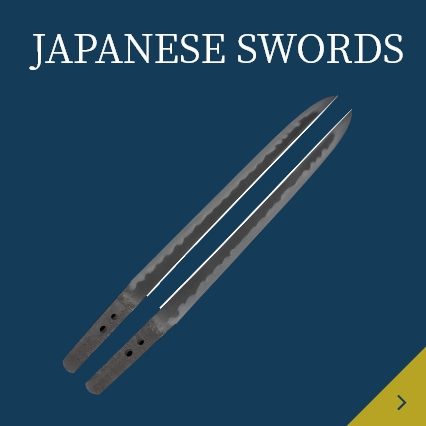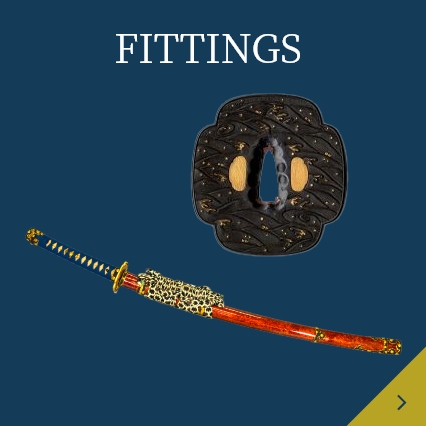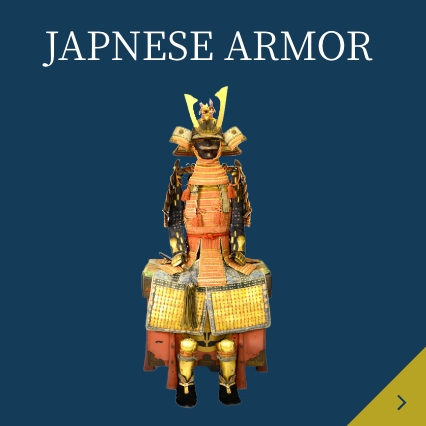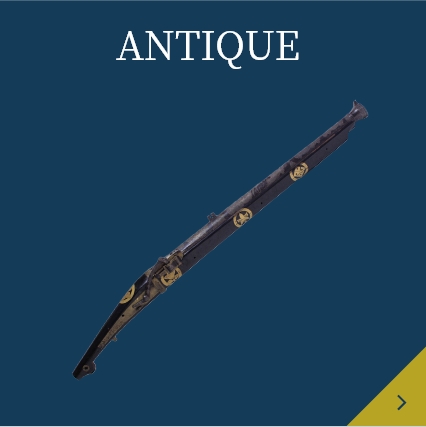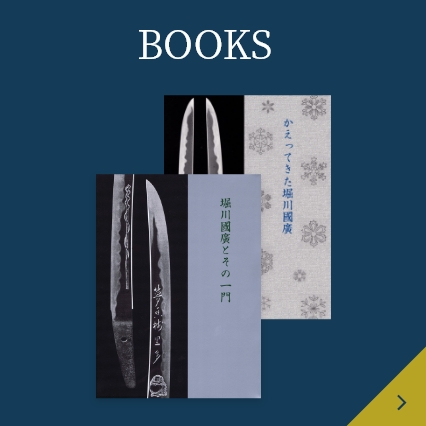ギャラリー
(katana) (Kikusui mon)Minatogawa Jinja Masaaki
Syowa Juhachi nen Juni gatsuhi
Fittings:Guntō Koshirae
刀 銘 (菊水紋)湊川神社正明
昭和十八年 十二月日
(附)軍刀拵
| Item NO. | NO.K00219 | Price | Reference item(Sold out) |
|---|---|---|---|
| Paper | NBTHK Hozon Paper | ||
| Country | Hyogo-Ken | ||
| Period | Other Period-Syowa(昭和) | ||
| Blade Length | 65.0cm|26 3/8in | ||
| Curve(Sori) | 1.9cm|3/4in | ||
| Top Width (Sakihaba) | 2.1㎝|53/64in | ||
| Bottom Width (Motohaba) | 3.0cm|1 3/16in | ||
| Bottom Thickness (Motokasane) | 0.8cm|5/16in | ||
| Top Thickness (Sakikasane) | 0.7cm|9/32in | ||
| Keijo | ShinogiDukuri,Iorimune,Width normal,Chukissaki | ||
| Kitae | Itame hada ni Moku majie,- Jinie tsuku | ||
| Hamon | Notare-chō ni Kogunome,Konotare majie, Nioi-gachi Konie tsuku. | ||
| Boushi | Sugu ni Komaru ni kaeru | ||
| Nakago | Ubu,Omote no Meiji-ue ni Kikusui mon,Saki-haagari kurijiri, Yasurime-Kiri, Hole1. | ||
| Accessories | Shirasaya(白鞘)、Guntō Koshirae(軍刀拵)、Kikusui mon-iri Copper Ichiju Habaki(菊紋入り銅一重ハバキ)、KiriBox(桐箱)、Kikusui mon-iri Katana-bukuro (菊水紋入刀袋) | ||
| Details | Michimasa Murakami (sign: Masatada) and Kaname Moriwaki (sign: Morimitsu) of Hitachi Metals Co., Ltd.'s Yasugi Works, who trained at the training club (Yasukuni Shrine), became official swordsmiths of Minatogawa Shrine in 1945 and became naval officers. He created a military sword. The Kikusui-mon was engraved on the habaki and stem of the swords made here, and they were called ``Kikusui swords.'' This design combines chrysanthemum flowers and running water, which was devised from a story that the flowing water of Gan Valley in Nanyang, China, was an elixir of longevity that contained the sap of chrysanthemums. During the period of the Northern and Southern Courts, Masashige Kusunoki was given the chrysanthemum crest for his military exploits, but because he was considered fearful, he adopted the chrysanthemum water crest, with its lower half immersed in water, as his family crest. Masashige committed suicide in the Battle of Minatogawa in loyalty to Emperor Go-Daigo, and after his death, the Southern Court was legitimized and he became a model of loyal subjects as ``Okusunoki.'' This led to the creation of Minatogawa Shrine. During the Greater East Asia War, the chrysanthemum water crest was painted on kamikaze planes and kamikaze ships as proof of loyalty to the emperor and the nation. The ``Kikusui-mon'' was a symbol of loyalty. |
||

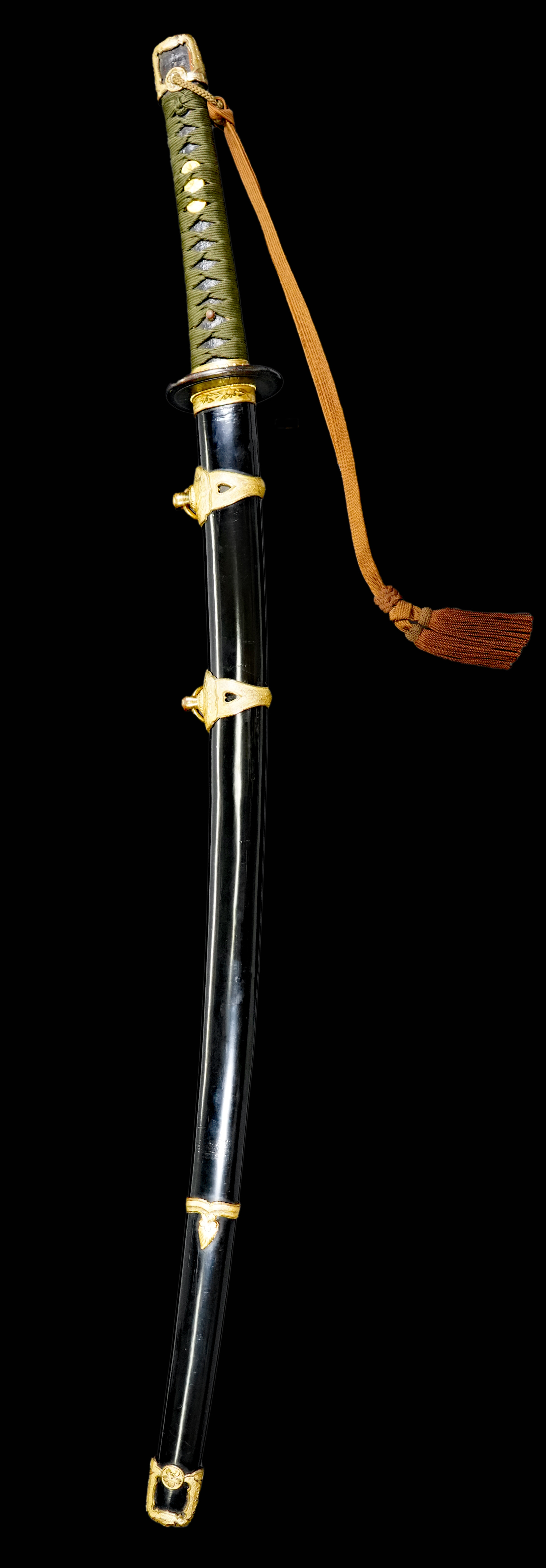

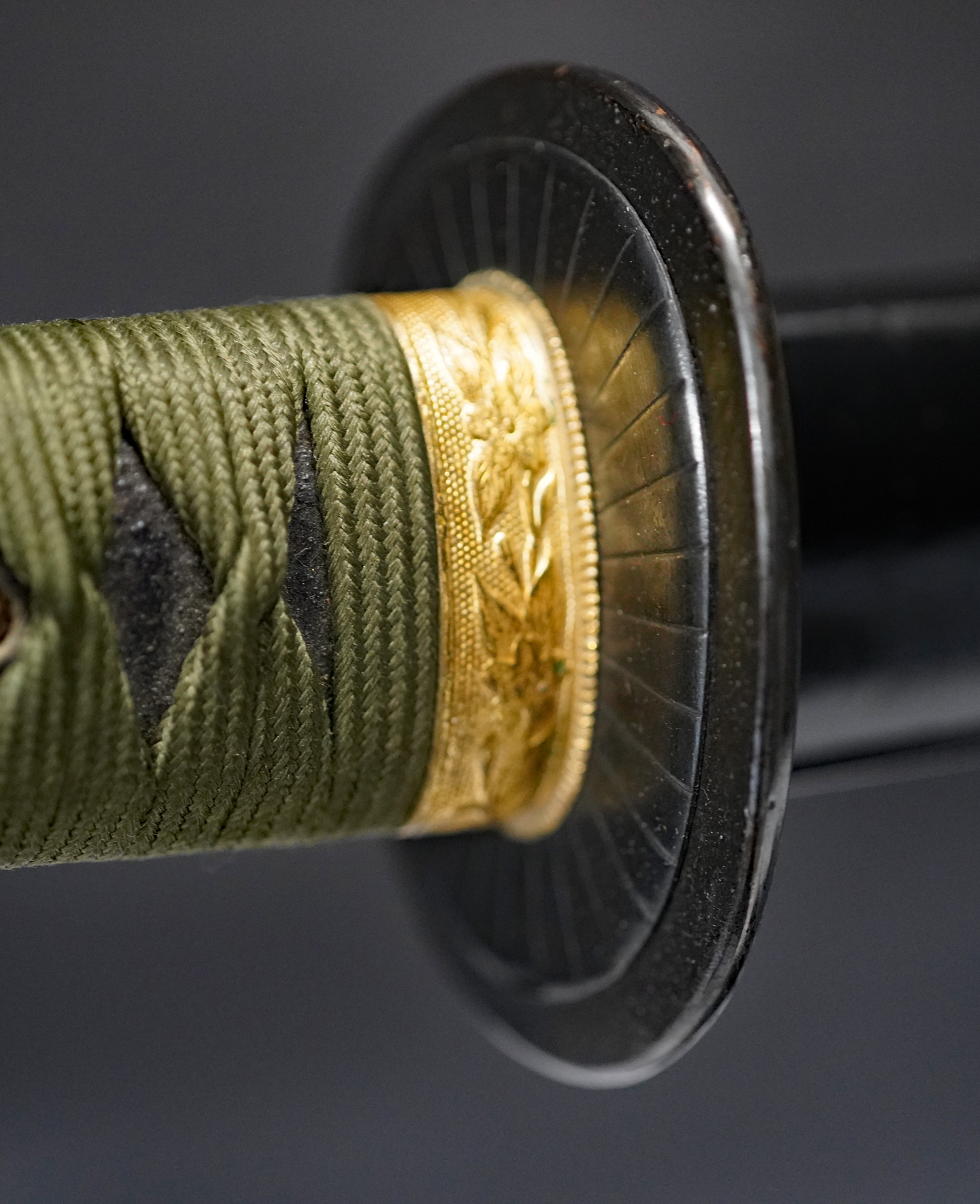
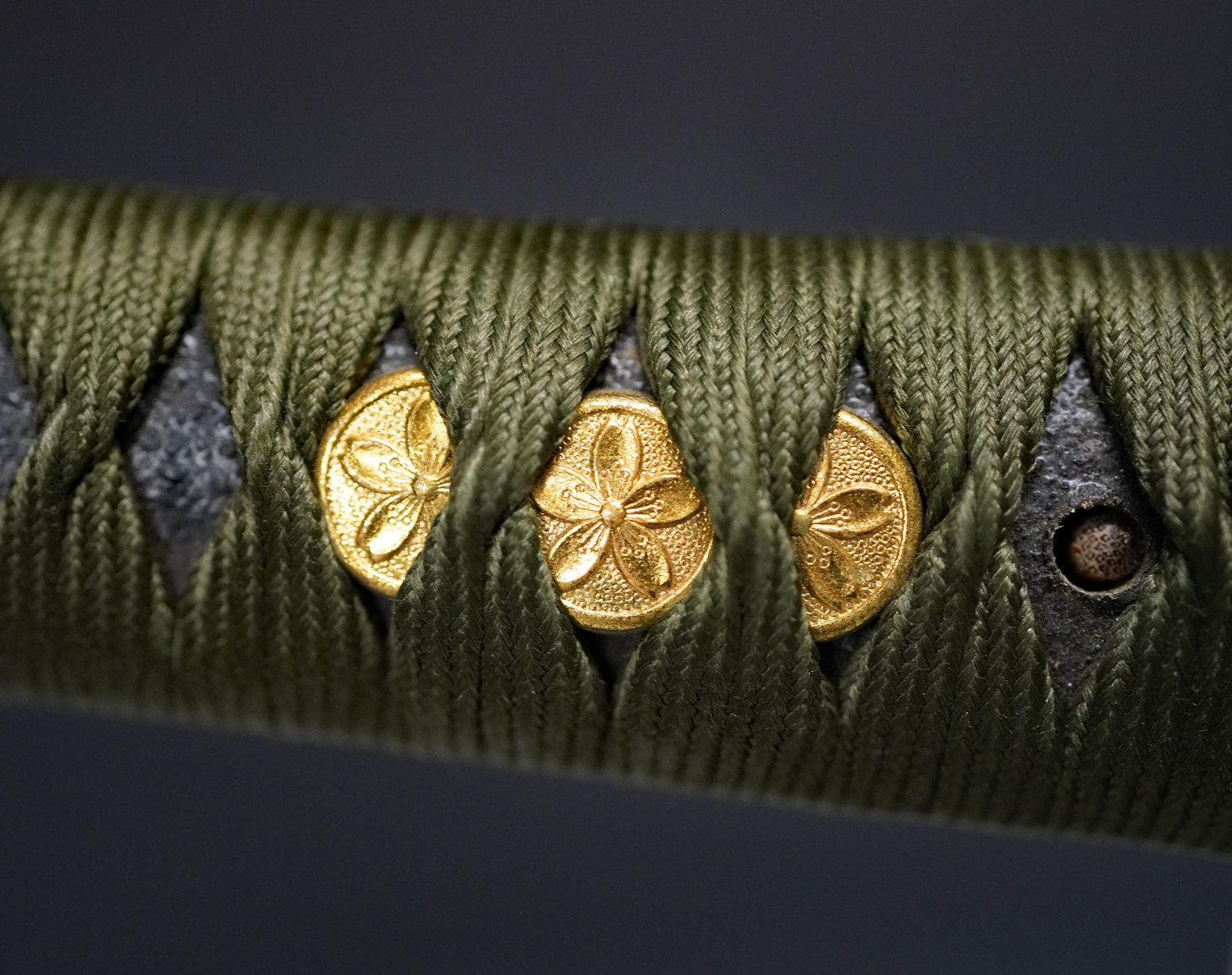
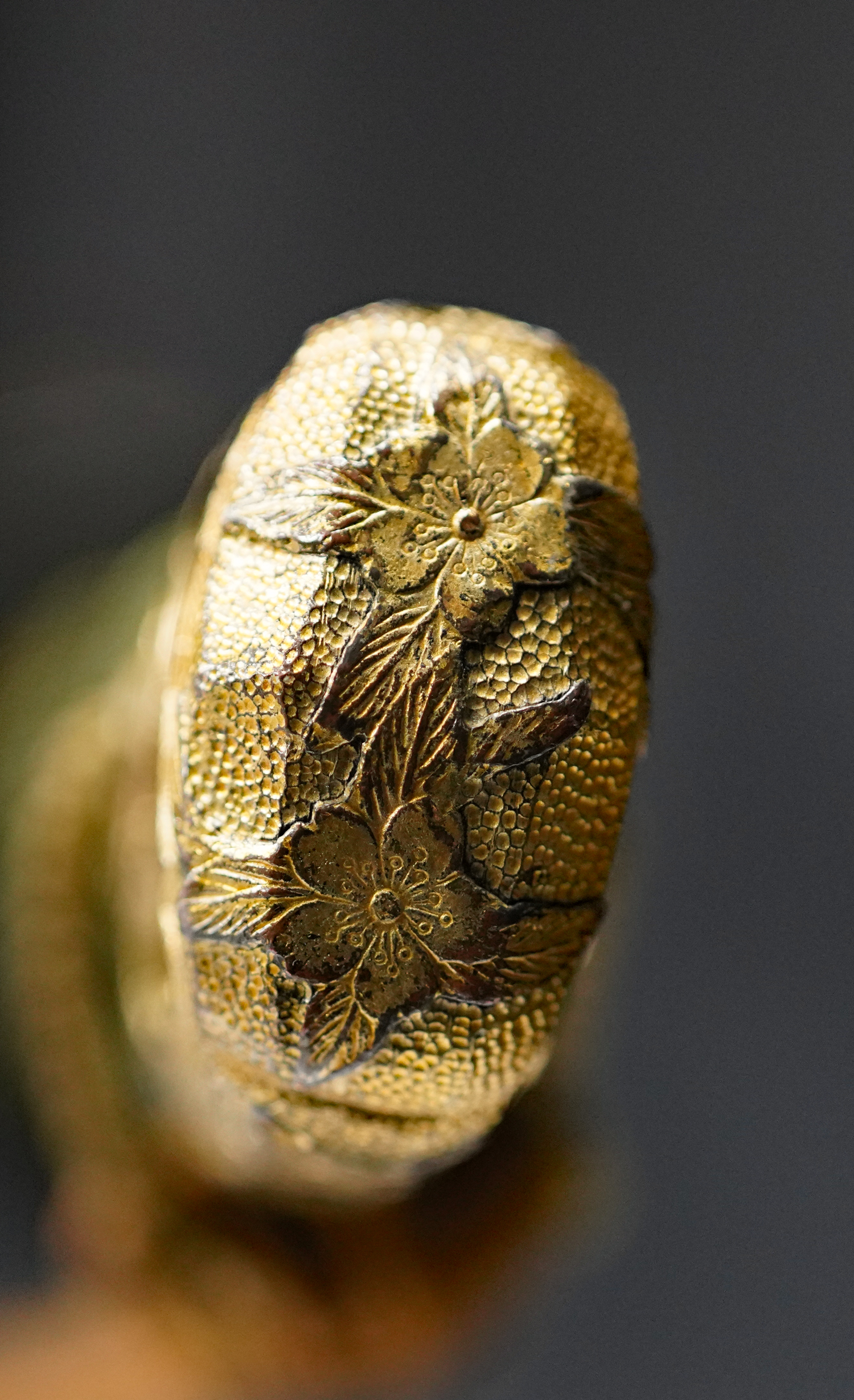
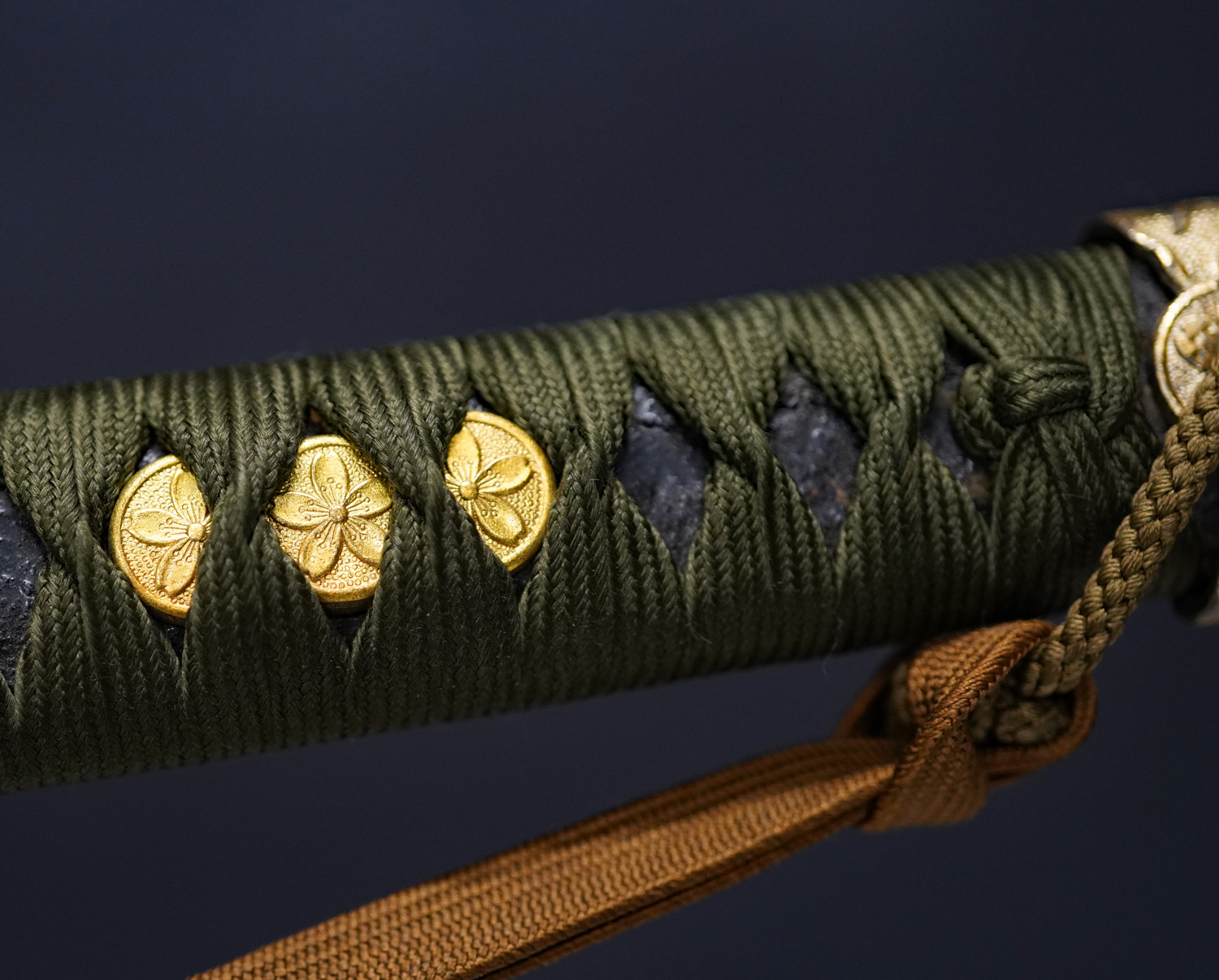
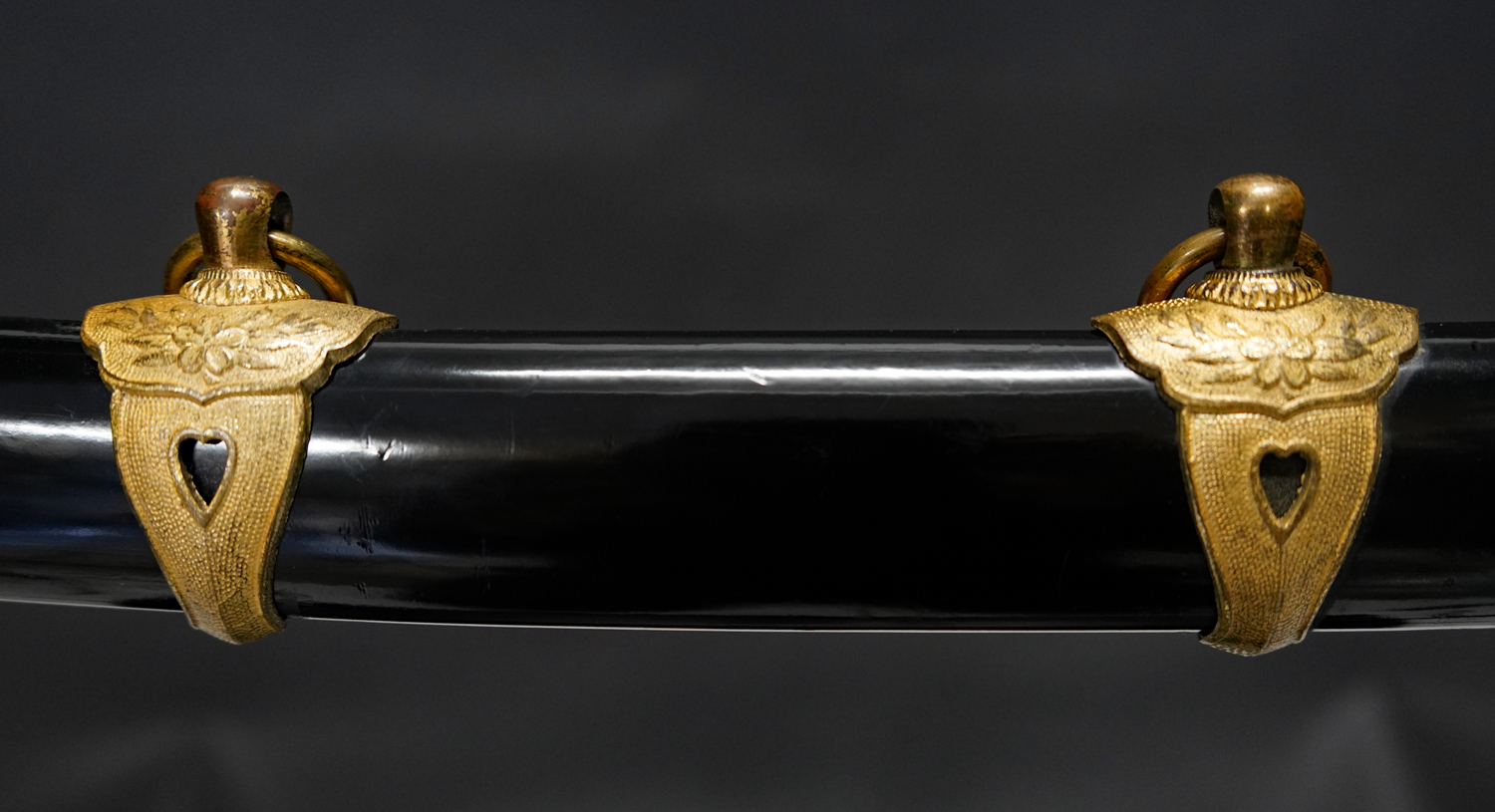
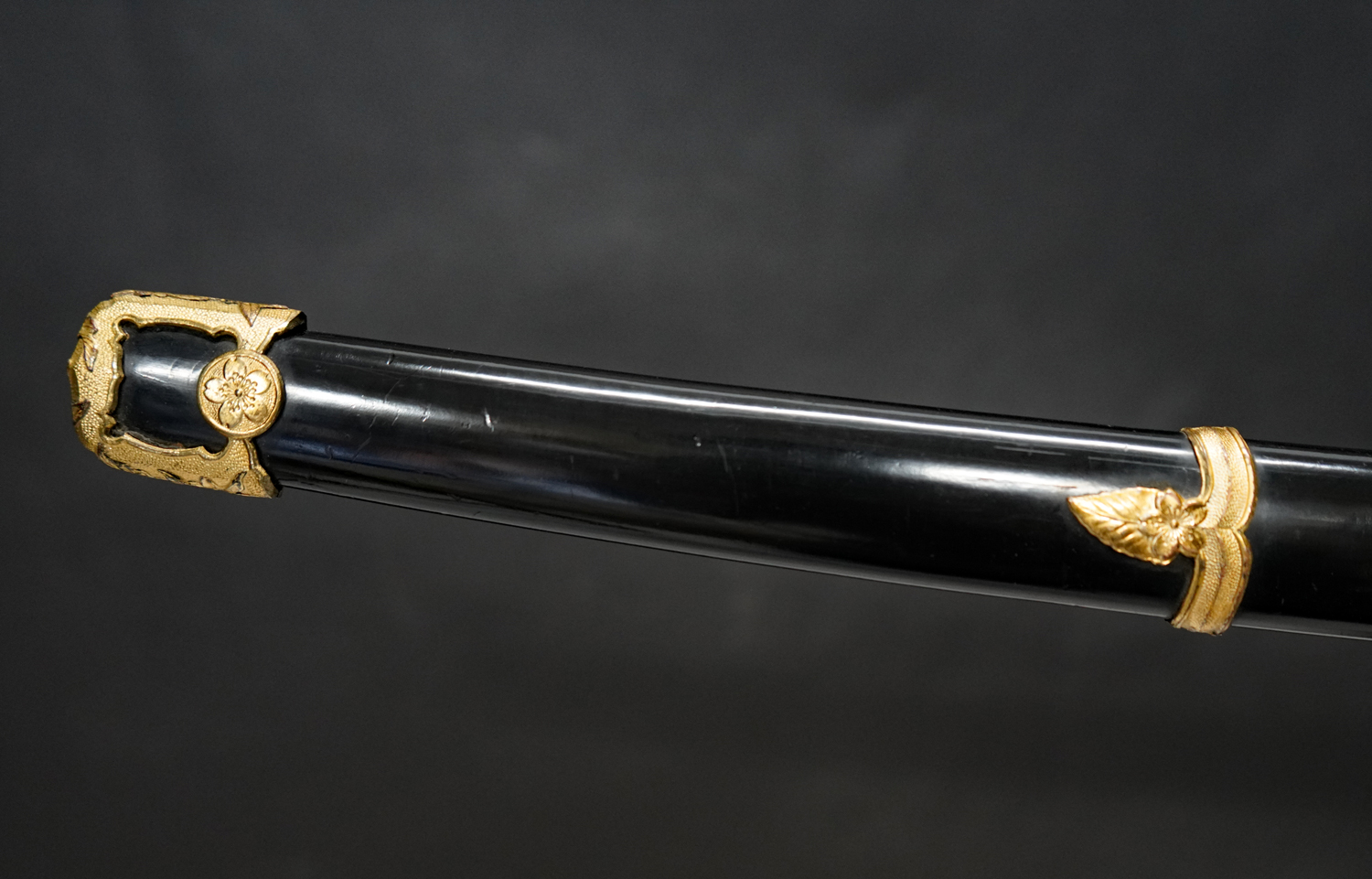

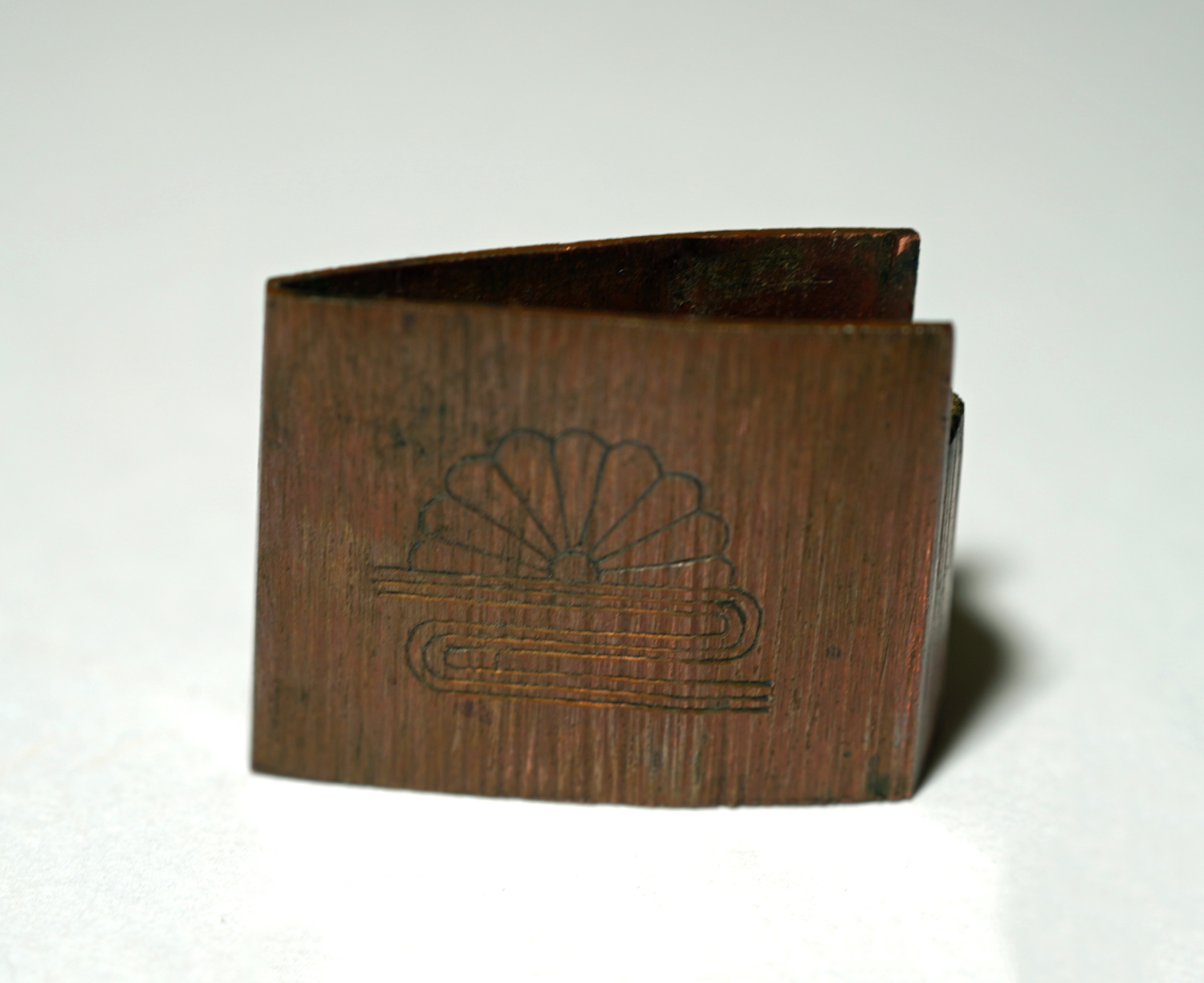
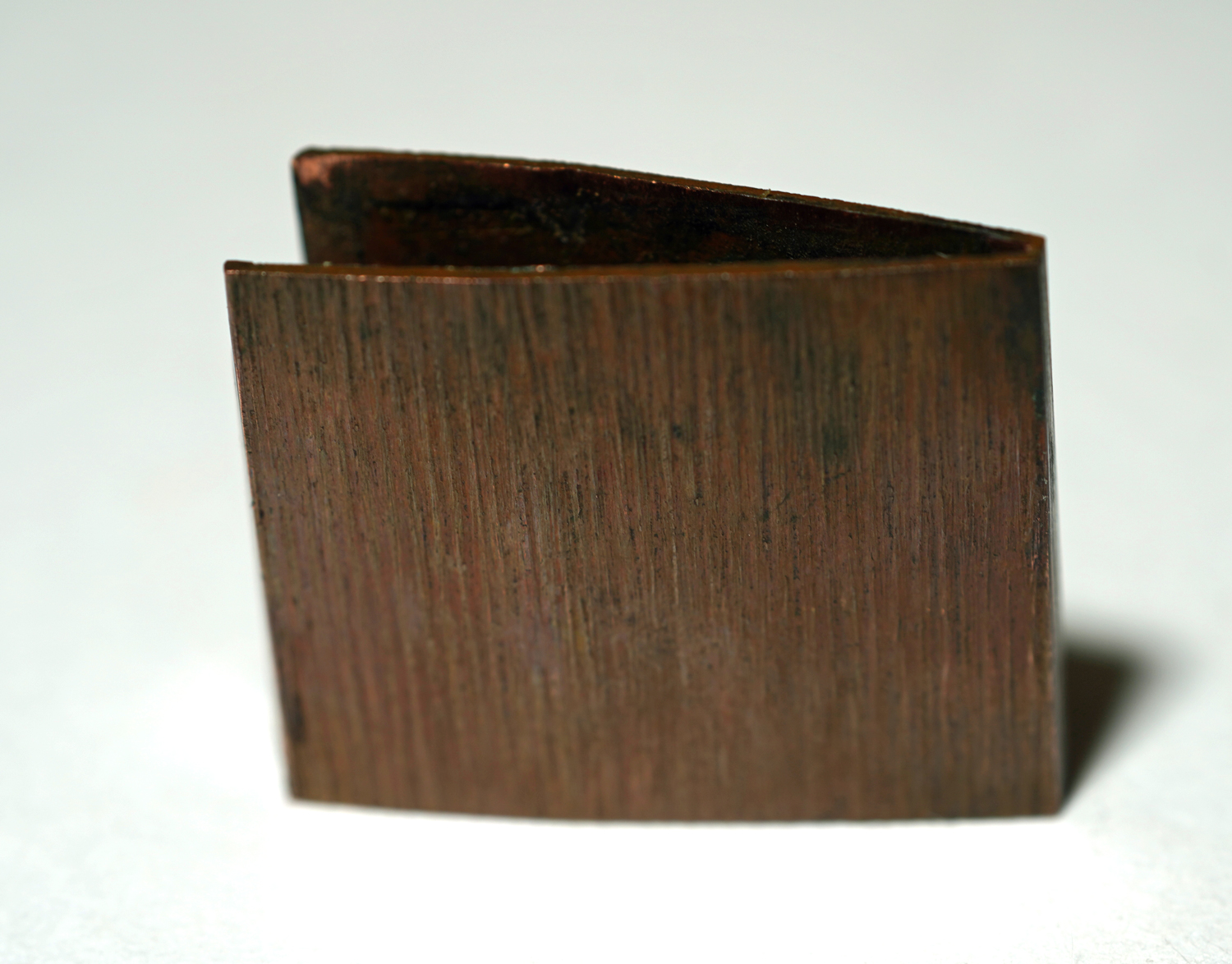
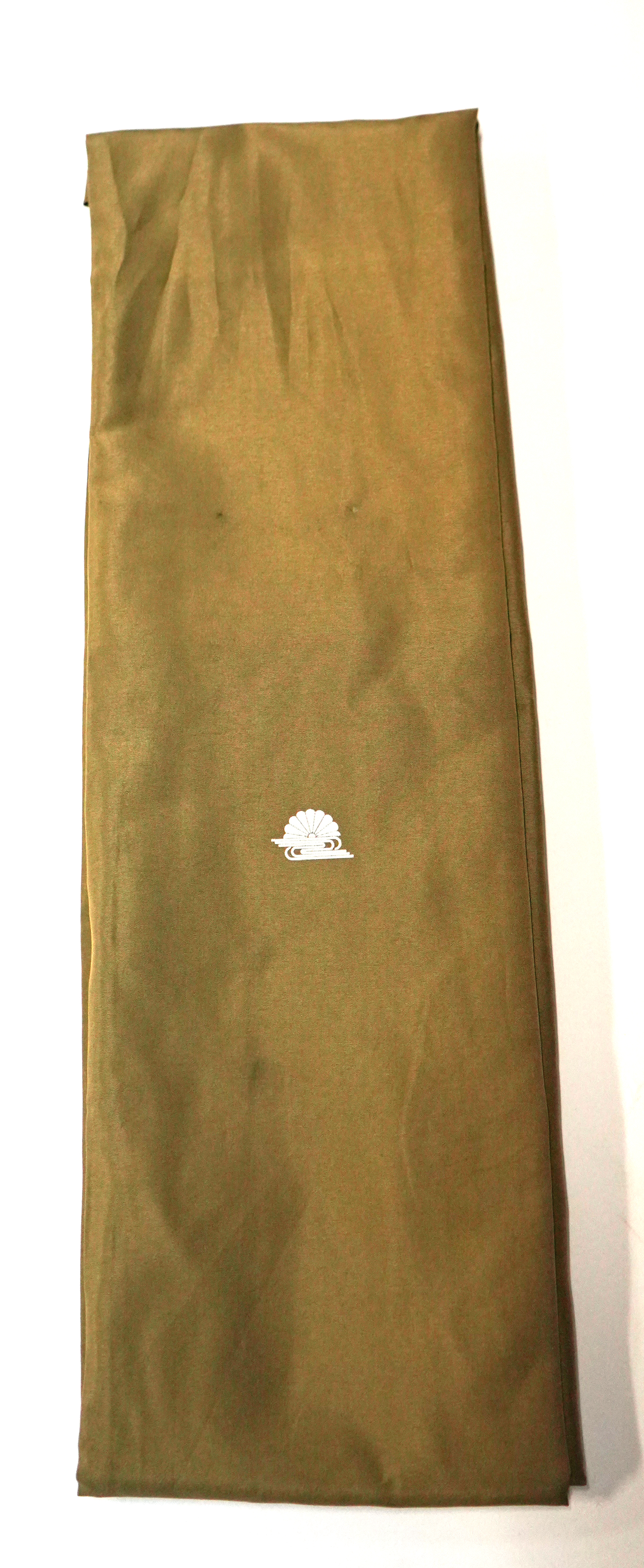
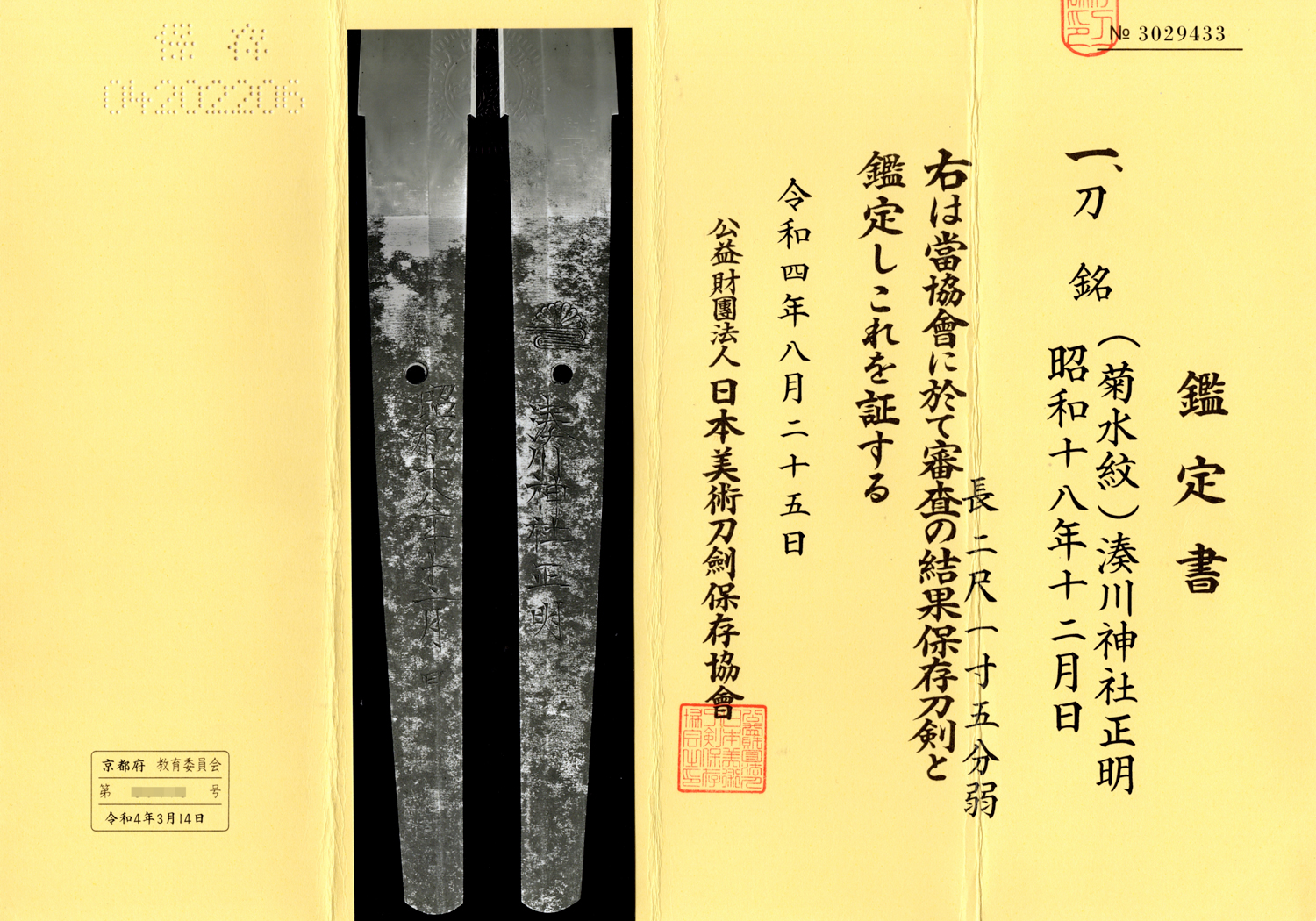
SEARCH
-
PERIOD LISTS
Koto|Shinto|Shinshinto|GendaitoPRICE LISTS
~¥500,000 JPY|¥510,000 JPY~¥1,000,000 JPY|¥1,010,000 JPY~¥2,000,000 JPY|¥2,010,000 JPY~¥3,000,000 JPY| ¥3,010,000 JPY~¥4,000,000 JPY|¥4,010,000 JPY~¥5,000,000 JPY|¥5,010,000 JPY~¥10,000,000 JPY|¥10,010,000 JPY~ |Please contact us -
PAPER LISTS
Important art appraisal|Others|No appraisalJpanese Swords
NBTHK Tokubetsu Jyuyo|NBTHK Jyuyo|NBTHK Tokubetsu Hozon|NBTHK HozonFittings
NBTHK Tokubetsu Jyuyo|NBTHK Jyuyo|NBTHK Tokubetsu Hozon|NBTHK Hozon


